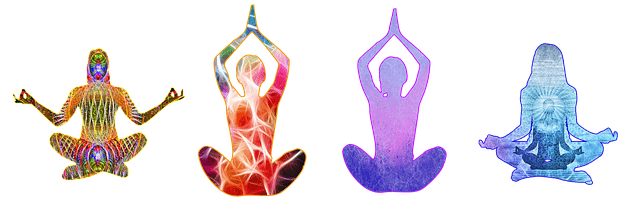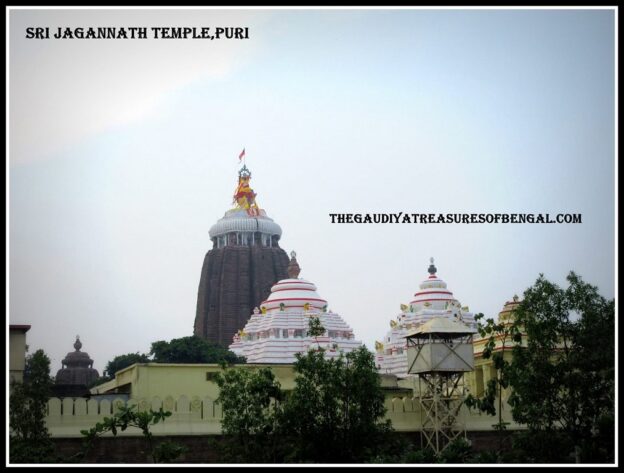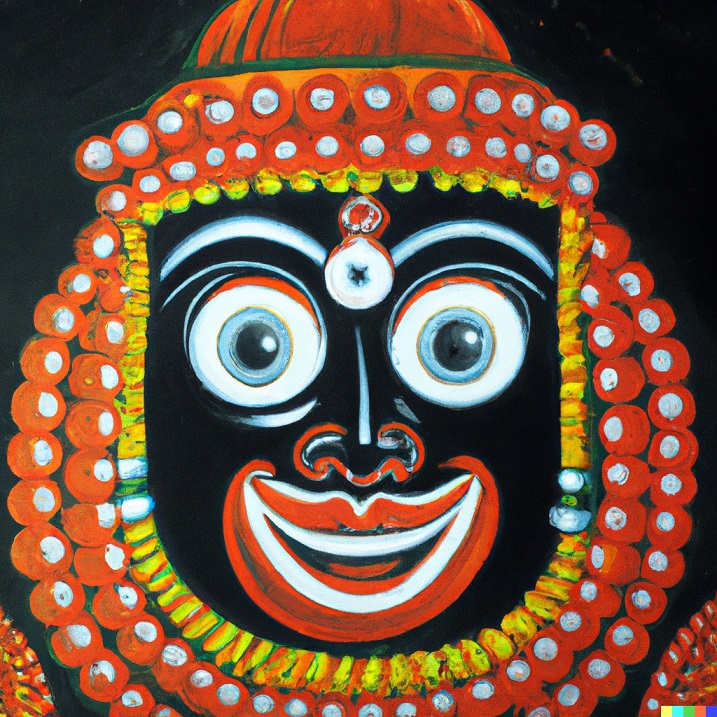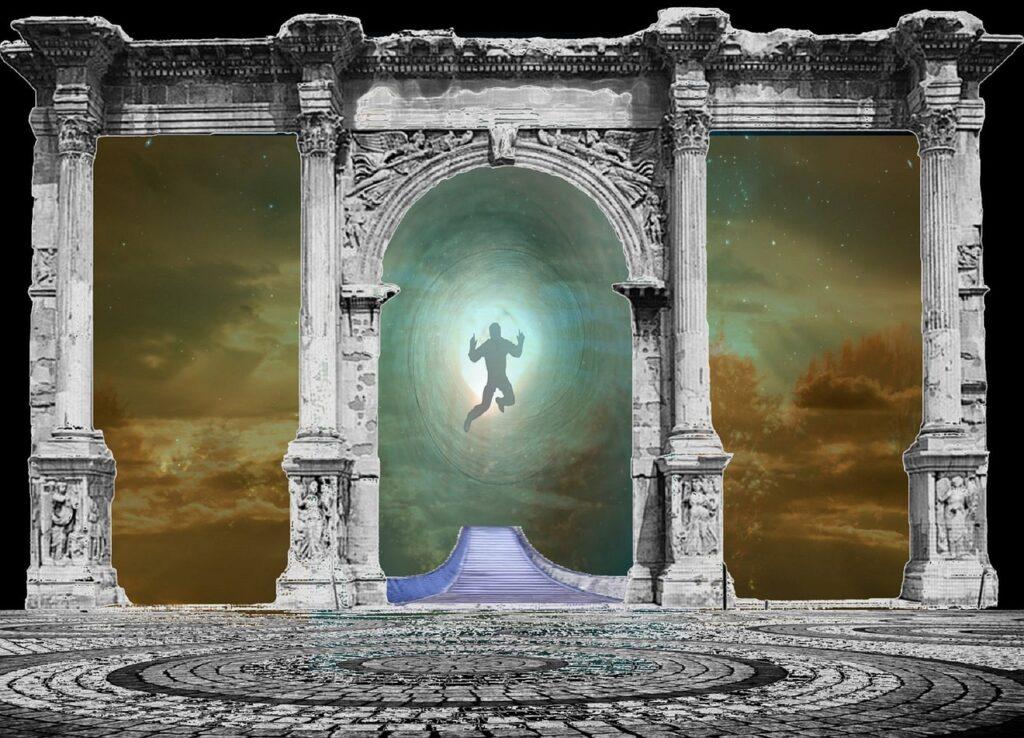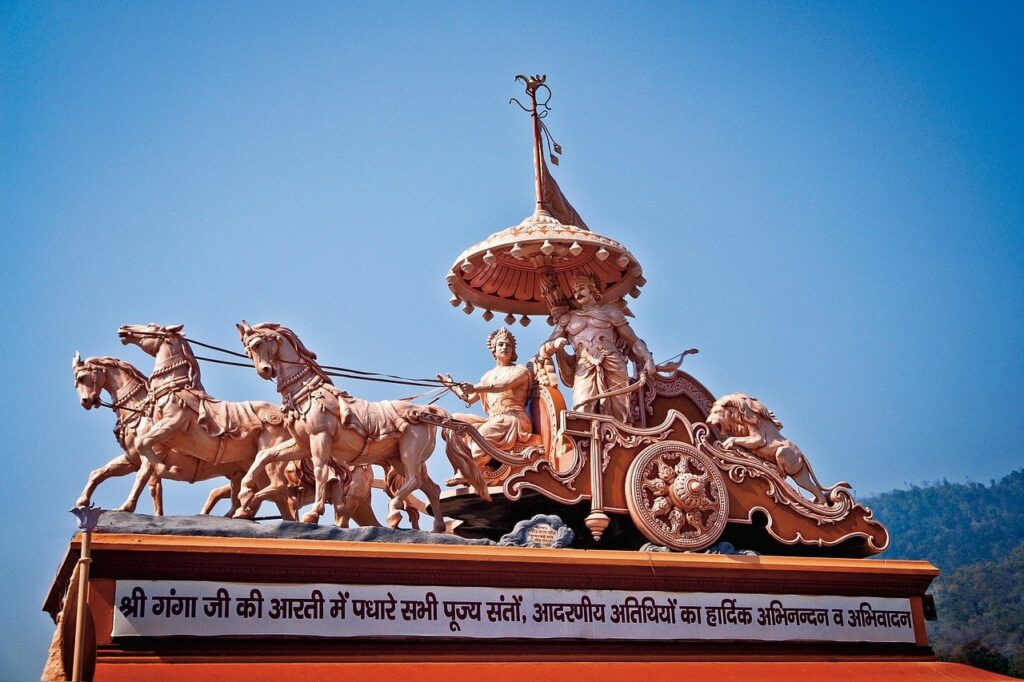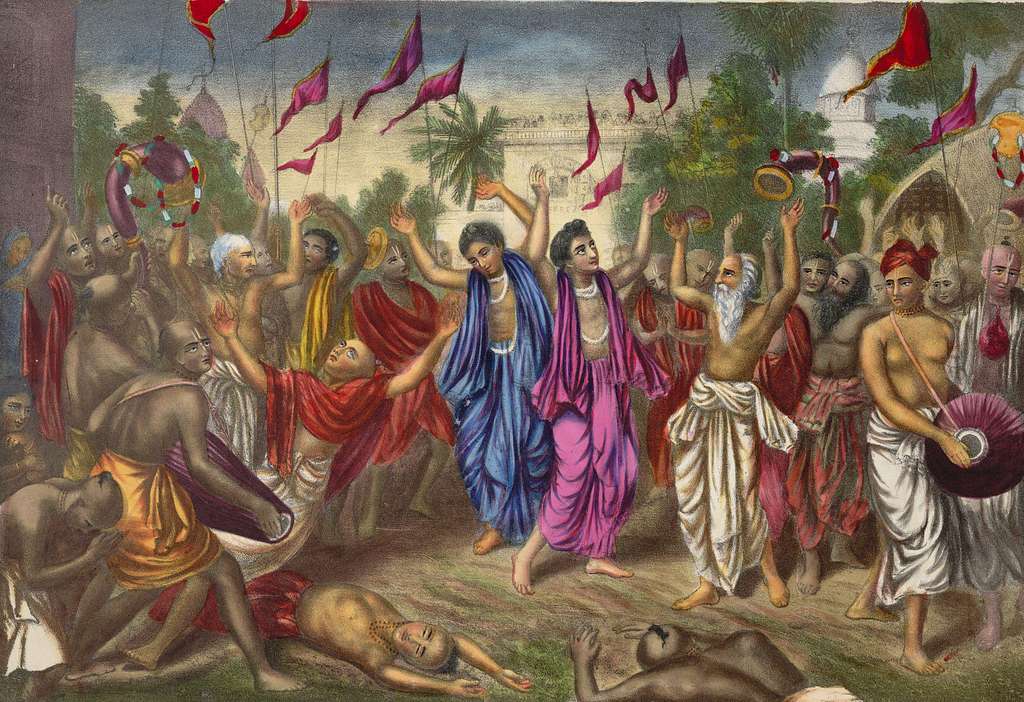 Derived from a Sanskrit root meaning to call, recite, praise, or glorify, kirtan is a deeply rooted spiritual practice that has been embraced by various cultures and religions throughout history. At its core, kirtan is the art of praising and glorifying a divine entity, embodying a profound expression of devotion and reverence. While there are numerous ways to convey this glorification, such as poetry, drama, dance, or recitation, kirtan, in its most recognized form, takes shape as a melodic call and response singing of mantras. These mantras typically focus on revered Hindu deities like Radha, Krishna, Sita, and Rama, who hold significant spiritual significance. Kirtan goes beyond mere musical performance; it serves as a potent means of meditation, enabling individuals to tap into their inner beauty and establish a profound connection with the Supreme Spirit. By engaging in kirtan, practitioners channel their emotions, intentions, and devotion through the harmonious blending of their voices, accompanied by traditional Indian instruments such as the mrdanga (a drum) and kartalas (hand cymbals). This synergy of sound and rhythm creates an immersive experience, cultivating a sense of unity and transcendence among participants. The power of kirtan lies in its ability to uplift and transport individuals beyond the boundaries of the material world, allowing them to delve deep into their spiritual essence. Through the repetition of sacred mantras and the collective energy generated by the participants, kirtan creates a vibrant and transformative environment that awakens the soul and nourishes the heart.
Derived from a Sanskrit root meaning to call, recite, praise, or glorify, kirtan is a deeply rooted spiritual practice that has been embraced by various cultures and religions throughout history. At its core, kirtan is the art of praising and glorifying a divine entity, embodying a profound expression of devotion and reverence. While there are numerous ways to convey this glorification, such as poetry, drama, dance, or recitation, kirtan, in its most recognized form, takes shape as a melodic call and response singing of mantras. These mantras typically focus on revered Hindu deities like Radha, Krishna, Sita, and Rama, who hold significant spiritual significance. Kirtan goes beyond mere musical performance; it serves as a potent means of meditation, enabling individuals to tap into their inner beauty and establish a profound connection with the Supreme Spirit. By engaging in kirtan, practitioners channel their emotions, intentions, and devotion through the harmonious blending of their voices, accompanied by traditional Indian instruments such as the mrdanga (a drum) and kartalas (hand cymbals). This synergy of sound and rhythm creates an immersive experience, cultivating a sense of unity and transcendence among participants. The power of kirtan lies in its ability to uplift and transport individuals beyond the boundaries of the material world, allowing them to delve deep into their spiritual essence. Through the repetition of sacred mantras and the collective energy generated by the participants, kirtan creates a vibrant and transformative environment that awakens the soul and nourishes the heart.



